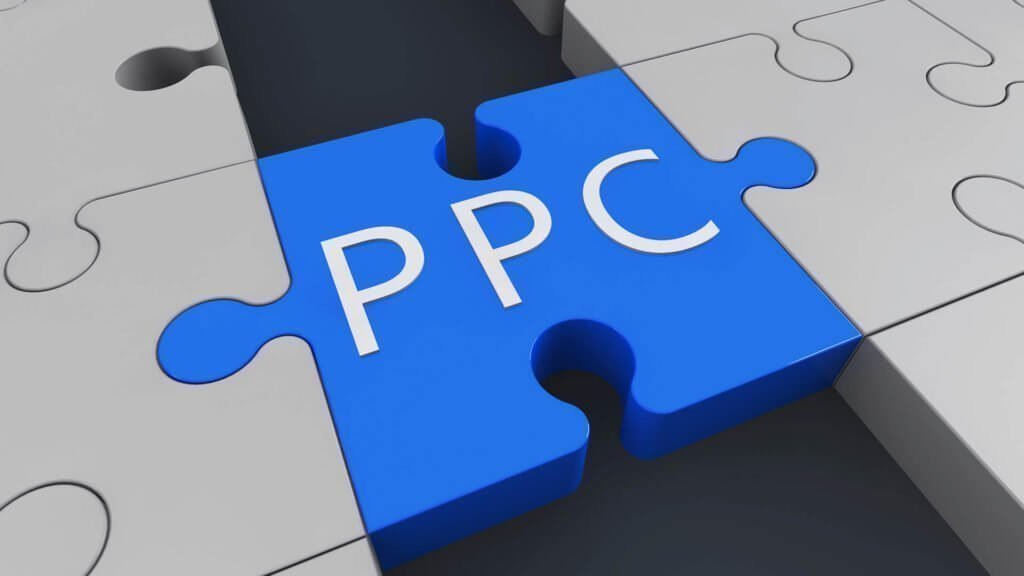Is PPC Dying?

If you keep relying on PPC and can’t imagine your affiliate marketer life without it, we totally get you! It is easy, it is reliable and you have probably used it since… always. But now you might want to change your strategies and here it’s why.
The Tendency For Killing It
Google and Facebook are known for making affiliate marketers life a bit difficult…softly speaking. So what is their newest plan? Easy. The most feasible one is to block all the ads related to direct linking to advertisers’ websites. Scary? Don’t panic yet! We got a solution.
Landing pages.
Hold a second…That’s not new! Might be your first thought. And you are almost right. About 80% of website traffic from paid search is sent to an existing website page, whether it’s the home page, a registration page, a shopping cart page, or a product detail page. That’s a waste of your money. Here’s why.
When compared to your home page, directing paid search traffic to a specific landing page is preferable because a landing page is much more relevant to your ad. The home page, meanwhile, has lots of things going on surrounding several different products and services. The quality score of your landing page is judged mostly based on relevancy- how well your landing page’s content matches the words and message in your ad. Meanwhile, if you send your traffic to a homepage, you risk lowering your quality score because your homepage has so many different messages. If you send your traffic to a registration page, Google won’t be able to find enough original and relevant content on your sign-up form to give you a high Quality Score for relevance. And a shopping cart page probably only has your product title and description- not enough relevant content to earn a high Quality Score.
Instead…
Send your ad traffic to a landing page. For promotions for specific products, use the landing page to introduce the benefits of your product or service before passing your readers on to a registration or shopping cart page; you can then test this page to find out how to best optimize it. Make the message match your ad’s message, and keep your landing page focused and simple without any extra clutter.
- Strong, contextual images (including a ‘hero shot’ at the top of the page)
- A headline and sub-headline
- A singular, focused call to action (where your form or button will appear)
- Clearly outlined features and benefits of your offer
- Testimonials, trust symbols, or ‘social proof’ supporting your claims
Compared to your homepage or website pages, which are designed for a browsing experience, post-click affiliate landing pages are conversion-focused. They are not weighed down by featuring multiple offers. They should be created to promote a single offer without any distractions making them the perfect asset to achieve your campaign goals.
Instead of directing users who have clicked your affiliate ad to a website page that’s cluttered with multiple offers, send them to a dedicated page to optimize their post-click journey and increase campaign conversions.
Wrapping it up
With Google and Facebook new policies it’s extremely important to know how to use landing pages like a pro. Remember to craft your landing pages according to best practices. Make the message match your ad’s message, and keep your landing page focused and simple without any extra clutter. Let us know if you have any questions and stay tuned for much more!